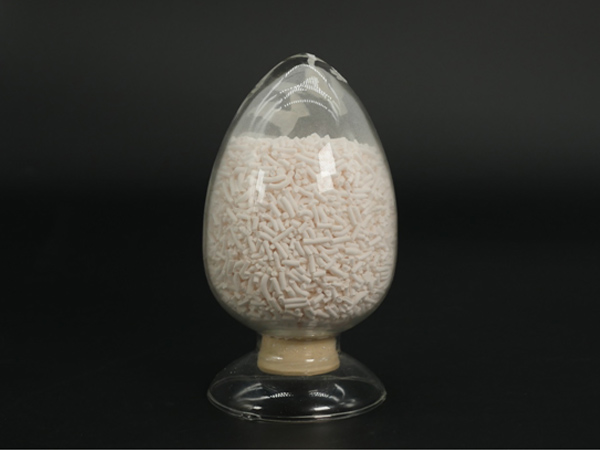
Non-hydrogenative reformate oil catalytic olefin removal technology employs a liquid-solid phase fixed-bed reactor, utilizing a molecular sieve catalyst to react and remove trace amounts of olefins. This constitutes an effective strategy for enhancing the quality and efficiency of aromatic plants. The key technological features are outlined as follows:
Strong Applicability: It serves as a direct replacement for clay (such as Fuller's earth), streamlining the process due to its simplified workflow.
High Olefin Removal Efficiency: The technology achieves deep removal of trace olefins, boasting a prolonged cycle life that effectively safeguards downstream adsorbents and catalysts from premature deactivation or fouling.
Low Overall Cost: Compared to conventional clay processes and hydrogenic olefin removal methods, this technology reduces the cost of olefin removal per ton of aromatics feedstock by over 50%, significantly enhancing economic viability.
Environmentally Friendly: In contrast to traditional clay processes, this non-hydrogenative route operates with greater stability, minimizes side reactions, and does not require hydrogenation. Moreover, the molecular sieve catalyst is renewable, contributing to a reduced environmental footprint and aligning with sustainability goals.